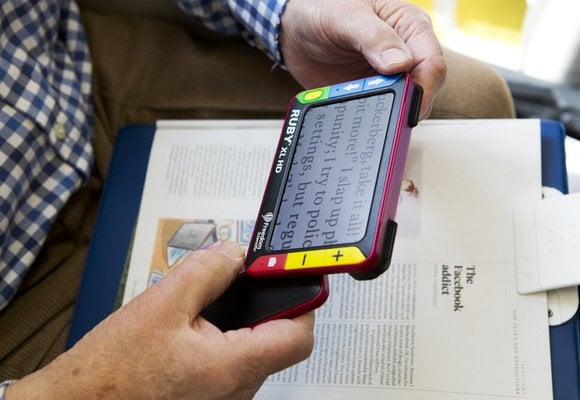Contracted (Grade 2) braille explained
If you enjoy braille and would like to go further, you can learn the complete braille code which is known as contracted braille. It was previously known as Grade 2 braille.

Contracted (Grade 2) braille is used by more experienced braille users. It uses the same letters, punctuation and numbers as uncontracted (Grade 1) braille but adds a series of special signs to represent common words or groups of letters, a bit like a kind of shorthand.
For example, there are braille contractions for words such as THE, FOR, WILL; and braille contractions to represent common letter combinations such as ING, ER and SH. This means it's quicker to read and write than uncontracted braille, and takes up less space.
Almost all books and magazines are printed in contracted braille.
If you are enjoying learning braille and want to do a lot of reading and writing then it would be a good idea to learn contracted braille.
However, everyone who has learned braille will know uncontracted braille, so you won't need to learn contracted braille to communicate with other braille readers.
Who learns and uses contracted braille?
Contracted braille takes longer to learn than uncontracted braille. Many people who learn uncontracted braille go onto learn contracted braille, so they can read all of the material available in braille.
Books, magazines and other information tends to be produced in contracted braille, to cut down on size. Contracted braille produces much less bulky books and magazines.
Fingerprint braille course
Fingerprint is a contracted (grade 2) braille course, designed for people learning to read braille by touch because of sight loss. It can be used to teach others or as a self-teach course.







